On May 12, a yacht sailing in the Moroccan waters of the Strait of Gibraltar was approached by a pod of killer whales (orcas). The orcas began ramming their heavy noses into the yacht's rudder, causing a leak. The crew was rescued by a passing oil tanker before the sailboat sank, according to El Pais. These unusual attacks on boats have been occurring since 2020, and now scientists believe they have finally discovered the reason behind them.
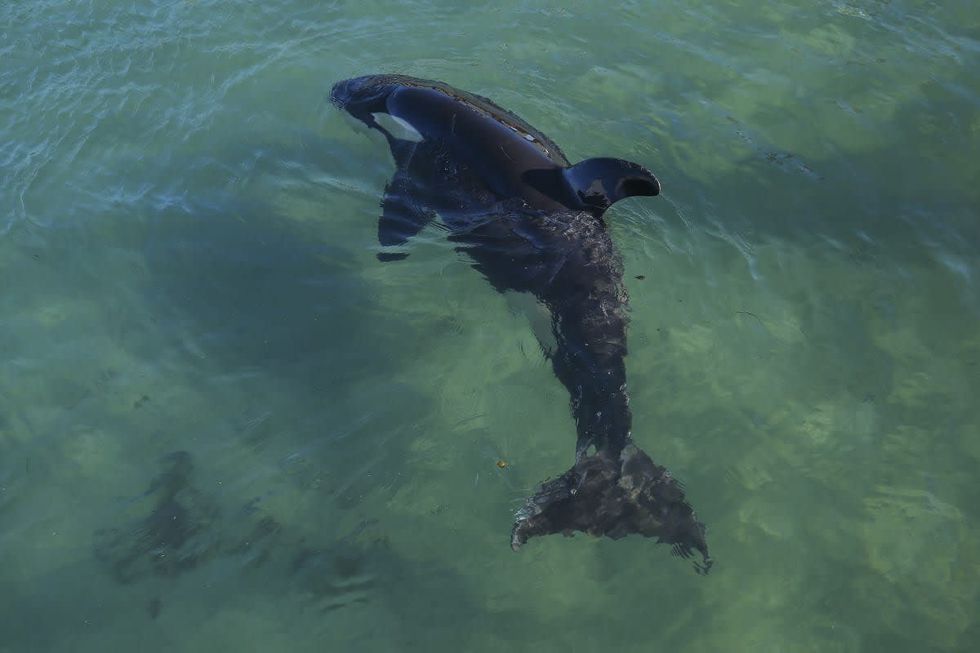
These whales aren't waging war against humans. Instead, their behavior stems from an innate tendency to exhibit unusual actions. Since 2020, pods of orcas in Gibraltar have been interacting with sailing boats, yachts, and motorboats by ramming and breaking their rudders. Unlike the sharks in the 2017 movie "The Shallows," these orcas aren't interested in harming humans, scientists say.
The orcas are simply feeling bored and playful, according to marine biologist and killer whale expert Alex Zerbini, chair of the scientific committee at the International Whaling Commission (IWC). A report by Zerbini and a working group from the Spanish and Portuguese governments documents hundreds of cases since the summer of 2020, where Iberian killer whales, known as gladis, tampered with boats. Six vessels, including four sailboats and two fishing boats, have sunk as a result.
What appeared to be attacks on more than 673 boats since 2020 were nothing but a bunch of bored teenage orcas looking for something to do, said Zerbini, per USA Today. The whales were simply amusing themselves by playing with the boat rudders.
“This group of orcas interacts with the vessels because they are being enriched by the experience,” explained Renaud de Stephanis. He is the president of CIRCE, (Conservation, Information and Study on Cetaceans), an organization where he has been studying orcas’ behavior for over 25 years. “The sea is a very boring place for an animal,” said de Stephanis, “Imagine if you’re a dog or some other mammal, you can interact with objects around you. But in the sea, there’s not much for the orcas to interact with, so they play with the rudders.”
Orcas, members of the dolphin family, are known for their idiosyncratic behaviors and fads, especially among younger ones. In 1987, a group of Pacific Northwest orcas gained fame for wearing dead salmon on their heads, a trend that faded quickly. Zerbini believes the current fad of ramming rudders is similar. "We think the orcas are getting something out of it; they are enjoying it. They’re playing," he said. "Obviously, they don’t understand that their play can harm the boats."
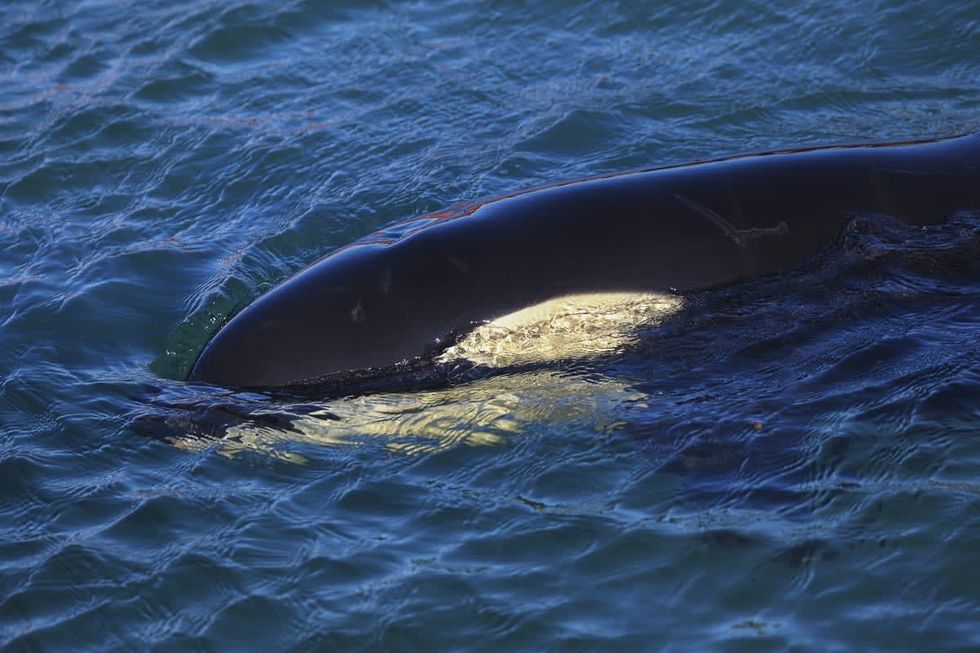
Before this research, some scientists even suggested the possibility of orcas’ aggression behind these attacks. They said that a female orca, who had been traumatized by the boat rudders, was seeking revenge, but there was no evidence to support this. In September 2023, Naomi Rose, a senior scientist with the Animal Welfare Institute in Washington and a member of the research group, and nearly 80 marine biologists published an open letter against this claim. "Science cannot yet explain why the Iberian orcas are doing this, although we repeat that it is more likely related to play/socializing than aggression. However, it is unfounded and potentially harmful to the animals to claim it is for revenge for past wrongs or to promote some other melodramatic storyline," they wrote.
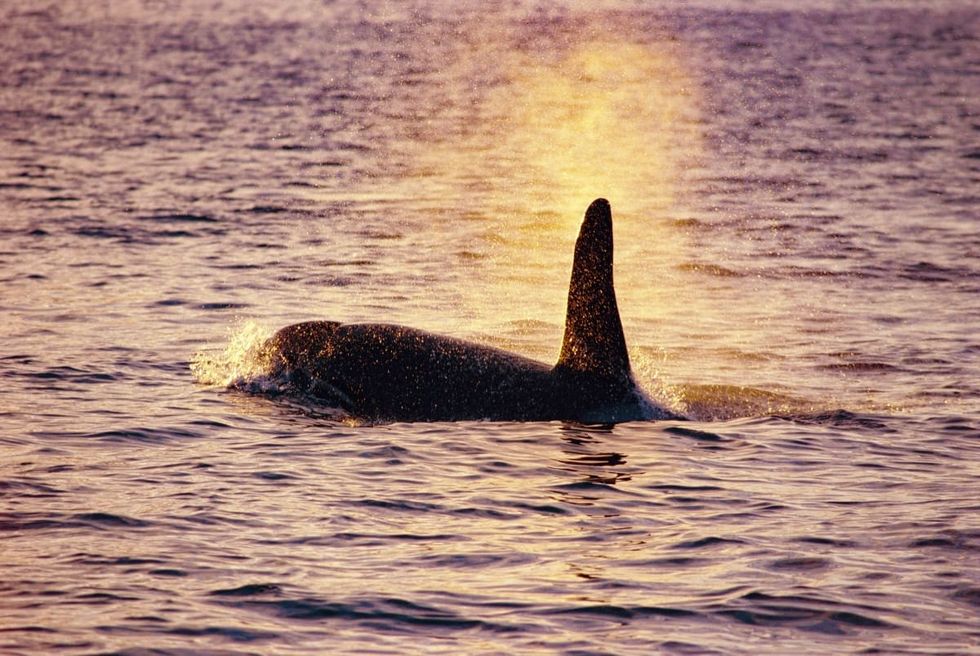
Finally, the mystery behind this peculiar orca behavior has been found to be concerned with tunas. Earlier, tunas were extinct and these killer whales had to spend all their time hunting and preying. But as the tuna population rebounded in recent years, especially in the Gulf of Cádiz; now they have plenty of free time for leisure sports. Good for orcas but dangerous for humans on boats in the area.
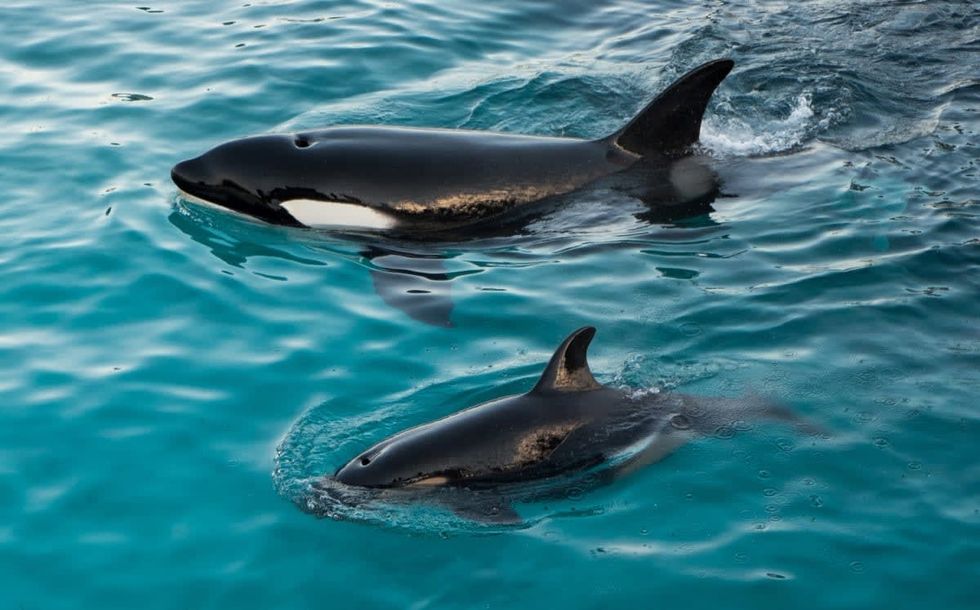
The researchers shared various methods to deal with the orca attack. De Stephanis suggested altering the surface and appearance of the rudder. “The orcas are very timid and careful, these plastic protuberances create acoustic sounds when the orcas scan the rudder,” he said. Plus, since orcas hate jellyfish, so adding tessellated things behind the rudder will make them think that they are looking at a jellyfish. Hence, they will shoo away.
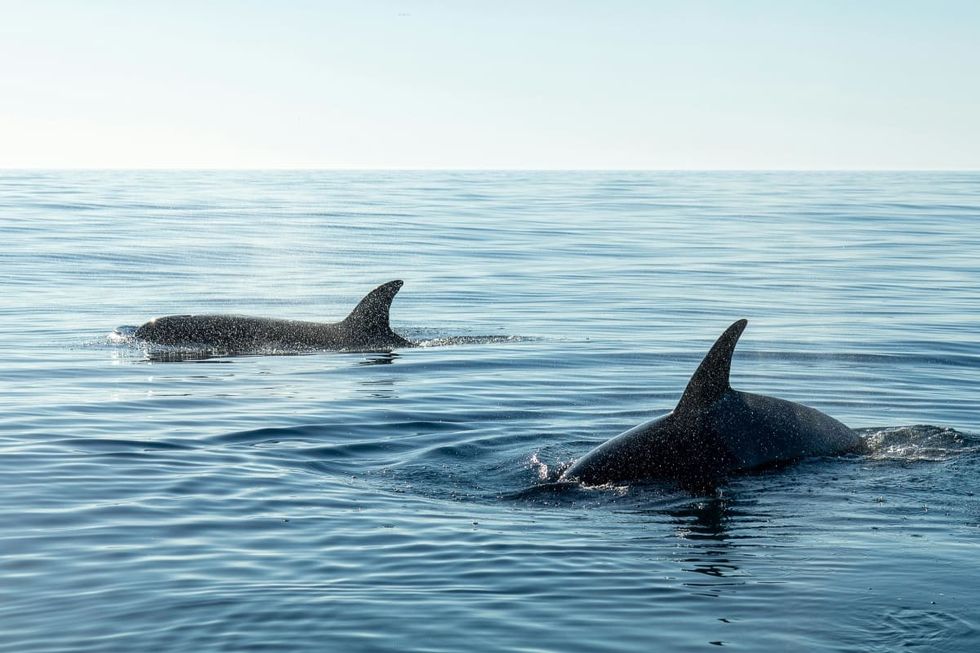
In the workshop, it was also recommended that in the event of such encounters, the boaters should move away from the killer whales as quickly as possible, at least 2 to 3 kilometers from the territory of the whales. Moving away is not guaranteed to end the interaction or prevent damage, but it may certainly reduce the likelihood of the boat sinking into the waters.


















 Representative Image Source: Pexels | Anni Roenkae
Representative Image Source: Pexels | Anni Roenkae Representative Image Source: Pexels | Its MSVR
Representative Image Source: Pexels | Its MSVR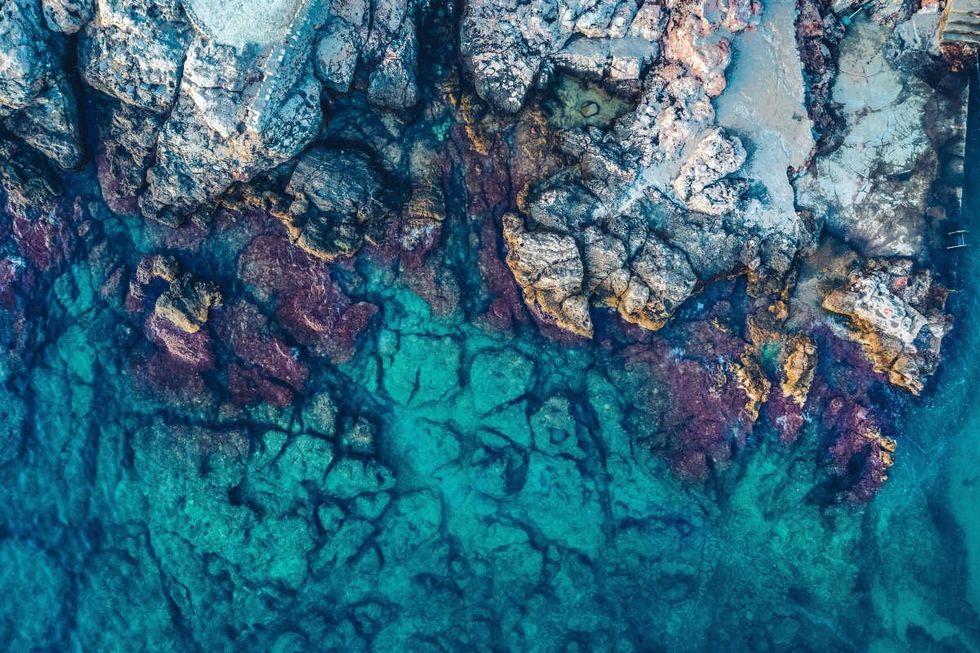 Representative Image Source: Pexels | Lucian Photography
Representative Image Source: Pexels | Lucian Photography

 Representative Image Source: Pexels | francesco ungaro
Representative Image Source: Pexels | francesco ungaro Representative Image Source: Pexels | parfait fongang
Representative Image Source: Pexels | parfait fongang Image Source: YouTube |
Image Source: YouTube |  Image Source: YouTube |
Image Source: YouTube |  Image Source: YouTube |
Image Source: YouTube | 
 Representative Image Source: Pexels | Hugo Sykes
Representative Image Source: Pexels | Hugo Sykes Representative Image Source: Sectional view of the Earth, showing central fire and underground canals linked to oceans, 1665. From Mundus Subterraneous by Athanasius Kircher. (Photo by Oxford Science Archive/Print Collector/Getty Images)
Representative Image Source: Sectional view of the Earth, showing central fire and underground canals linked to oceans, 1665. From Mundus Subterraneous by Athanasius Kircher. (Photo by Oxford Science Archive/Print Collector/Getty Images) Representative Image Source: Pexels | NASA
Representative Image Source: Pexels | NASA




 Representative Image Source: Pexels | Steve Johnson
Representative Image Source: Pexels | Steve Johnson Representative Image Source: Pexels | RDNE Stock Project
Representative Image Source: Pexels | RDNE Stock Project Representative Image Source: Pexels | Mali Maeder
Representative Image Source: Pexels | Mali Maeder
 Photo: Craig Mack
Photo: Craig Mack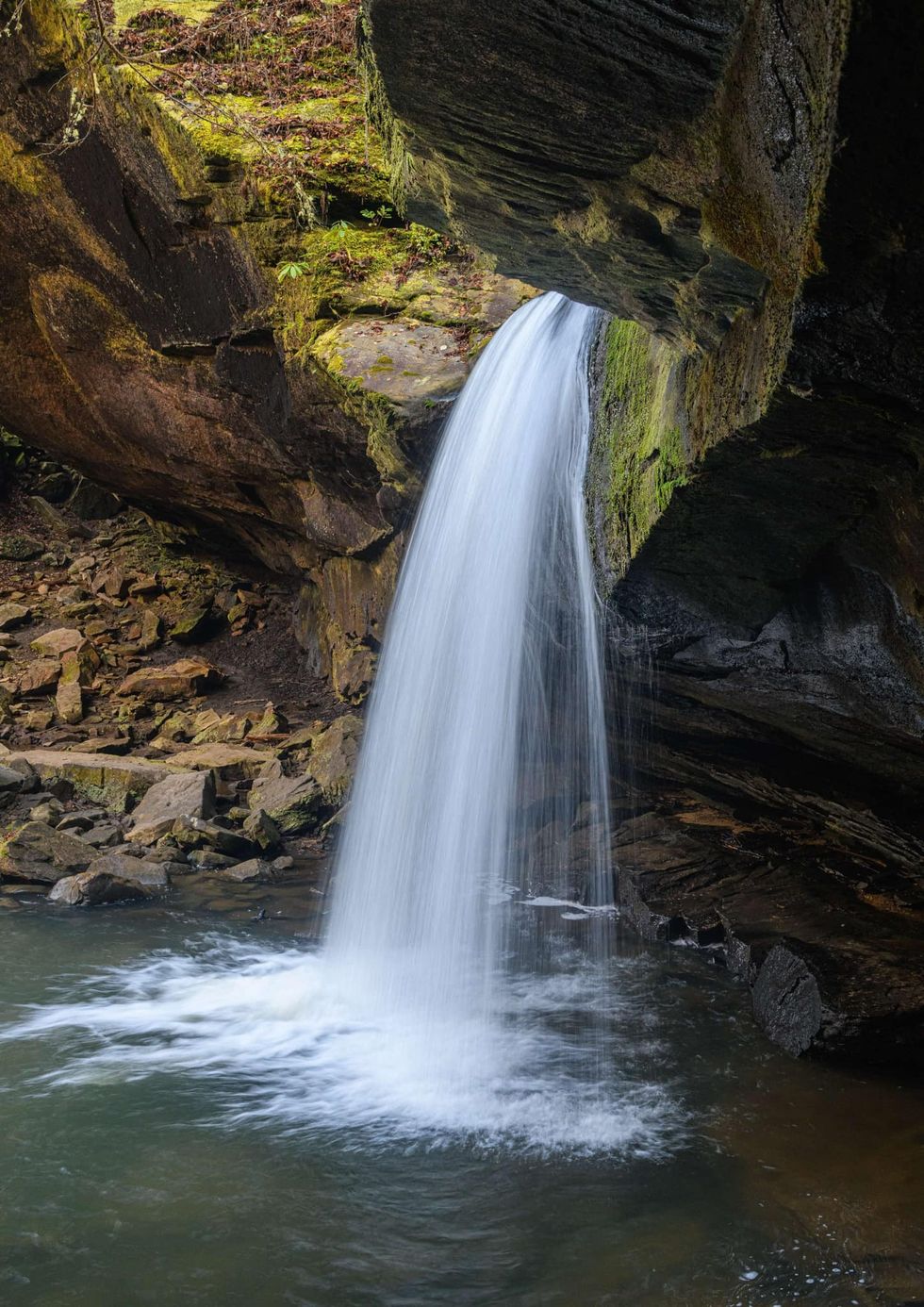 Photo: Craig Mack
Photo: Craig Mack